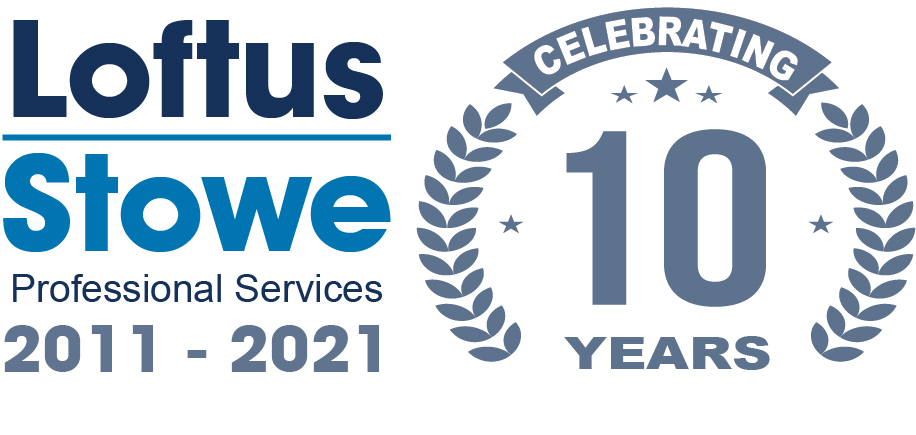 Tesco (LSE: TSCO) shares have fallen by 42% so far this year further than both J Sainsbury (LSE: SBRY) down 29% and Wm. Morrison Supermarkets (LSE: MRW), which is down 33%.
Tesco (LSE: TSCO) shares have fallen by 42% so far this year further than both J Sainsbury (LSE: SBRY) down 29% and Wm. Morrison Supermarkets (LSE: MRW), which is down 33%.
Despite this, Tesco is still more expensive than its rivals on some key measures, as Ill explain in this article.
1. Book value
Book value or a companys theoretical sale value is important, especially for firms with large property portfolios, low profit margins, and physical stock inventories, such as supermarkets.
|
Tesco |
Sainsbury |
Morrisons |
|
|
Share price (24/09/14) |
193p |
260p |
175p |
|
Price/book value |
1.06 |
0.83 |
0.87 |
|
Price/tangible book value |
1.42 |
0.87 |
1.0 |
From these figures, its clear that Sainsburys is currently the cheapest supermarket, trading at just 83% of its book value.
2. Trade price
Professional investors and trade buyers usually prefer to value firms using the EV/EBITDA ratio, rather than P/E.
EV/EBITDA stands for enterprise value (market cap plus net debt) divided by earnings before interest, tax, depreciation and amortisation (EBITDA).
In my view, EV/EBITDA is a very useful measure for private investors, as it enables you to compare the valuation of firms with different debt levels:
|
Tesco |
Sainsbury |
Morrisons |
|
|
EV/EBITDA |
5.6 |
4.0 |
6.9 (forecast) |
On this measure, Sainsburys is a clear winner, with a very low EV/EBITDA ratio of 4. Tesco also looks affordable, on 5.6.
Morrisons traded at a loss last year, making a calculation impossible, but assuming the firms full-year figures are in line with this years interim results, Morrisons trades on a EV/EBITDA ratio of 6.9, making it the most expensive of the bunch.
3. Return on capital
Another valuation metric thats favoured by professional investors is return on capital employed (ROCE) the return the company generates from its equity and debt capital.
This can be calculated as operating profit / (equity plus debt).
ROCE is an important measure of how profitable a company really is, and enables you to see whether your money could generate a better return elsewhere.
|
Tesco |
Sainsbury |
Morrisons |
|
|
Return on capital employed |
9.2% |
10.3% |
7.7% (forecast) |
Again, Sainsburys scores highest, Tesco second, and Morrisons last, based on last years reported figures from Tesco and Sainsburys, and this years first-half figures from Morrisons.
Which should you buy?
Both Sainsburys and Tesco have yet to report their interim results. I expect both to report lower profits than for the same period last year, but Sainsburys discount to book value gives it the edge as a buy, in my view.
Morrisons is the only firm thats in the clear at the moment, as its first-half results were as expected and, in my view, cautiously positive, so I retain my buy rating on the stock.
However, I can tell you that none of these supermarkets made it into “How You Could Retire Seriously Rich“, the brand-new wealth report from the Motley Fool’s market-beating analysts.
This ‘must read’ report contains details of a simple seven-step process that could help you retire with a million-pound portfolio — plus information about three new investment opportunities.
To receive your FREE, no-obligation copy of this report today, click here now.
Roland owns shares in Morrisons and Tesco. The Motley Fool owns shares in Tesco.





